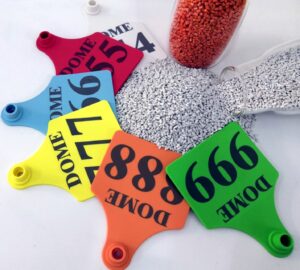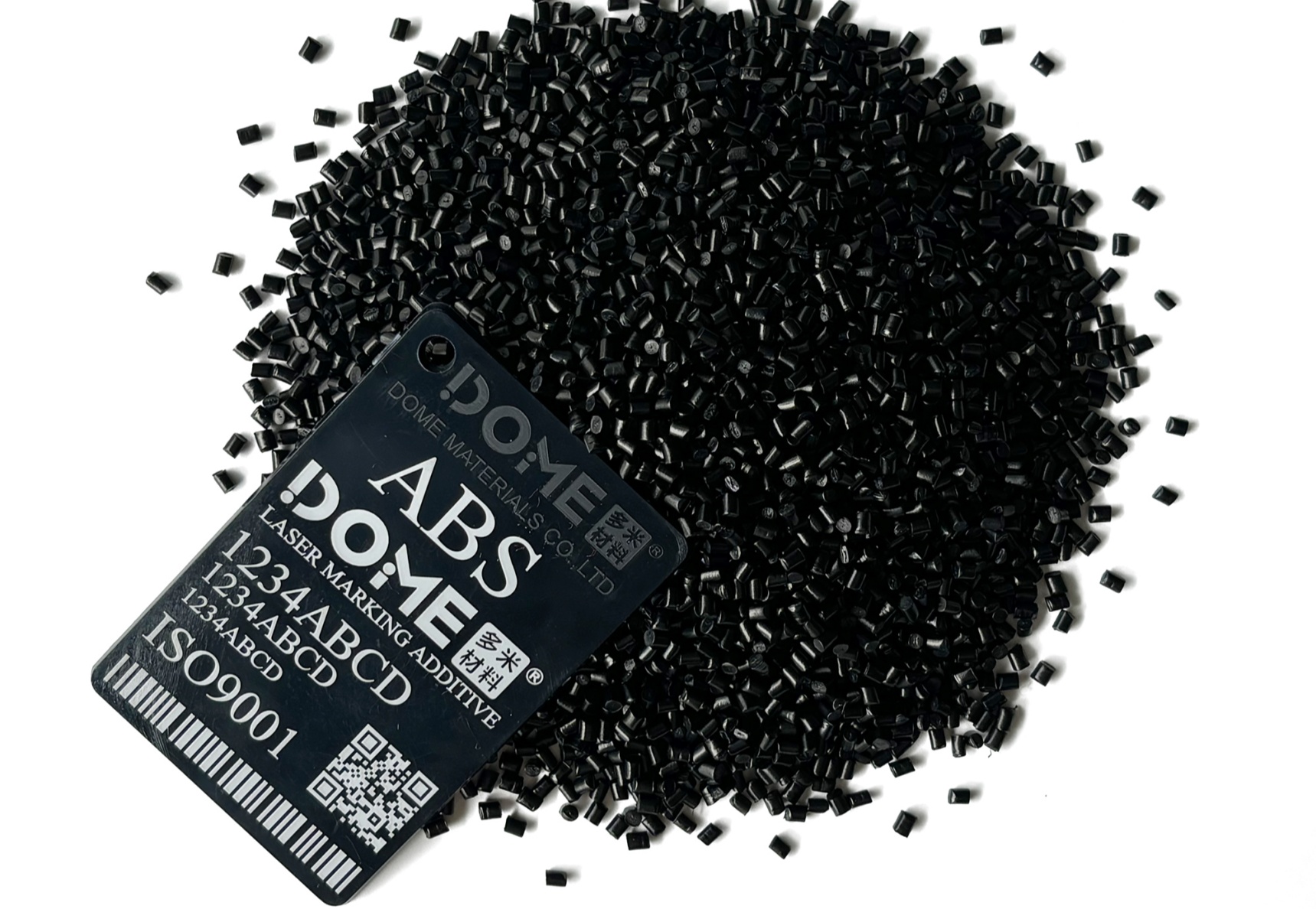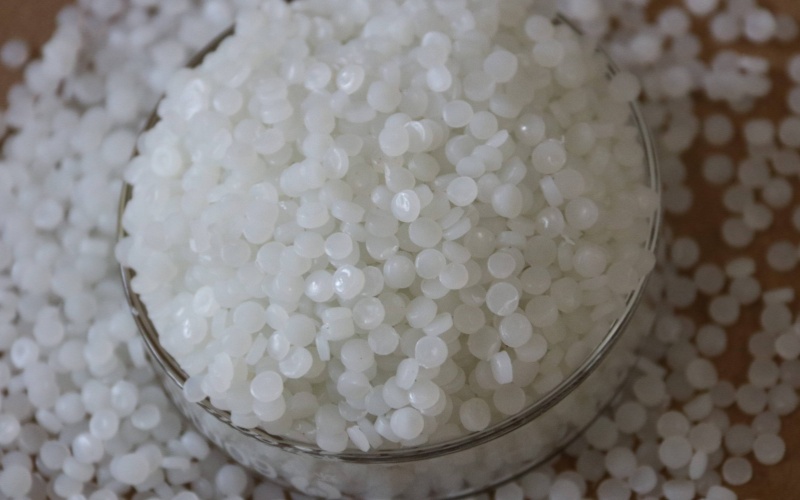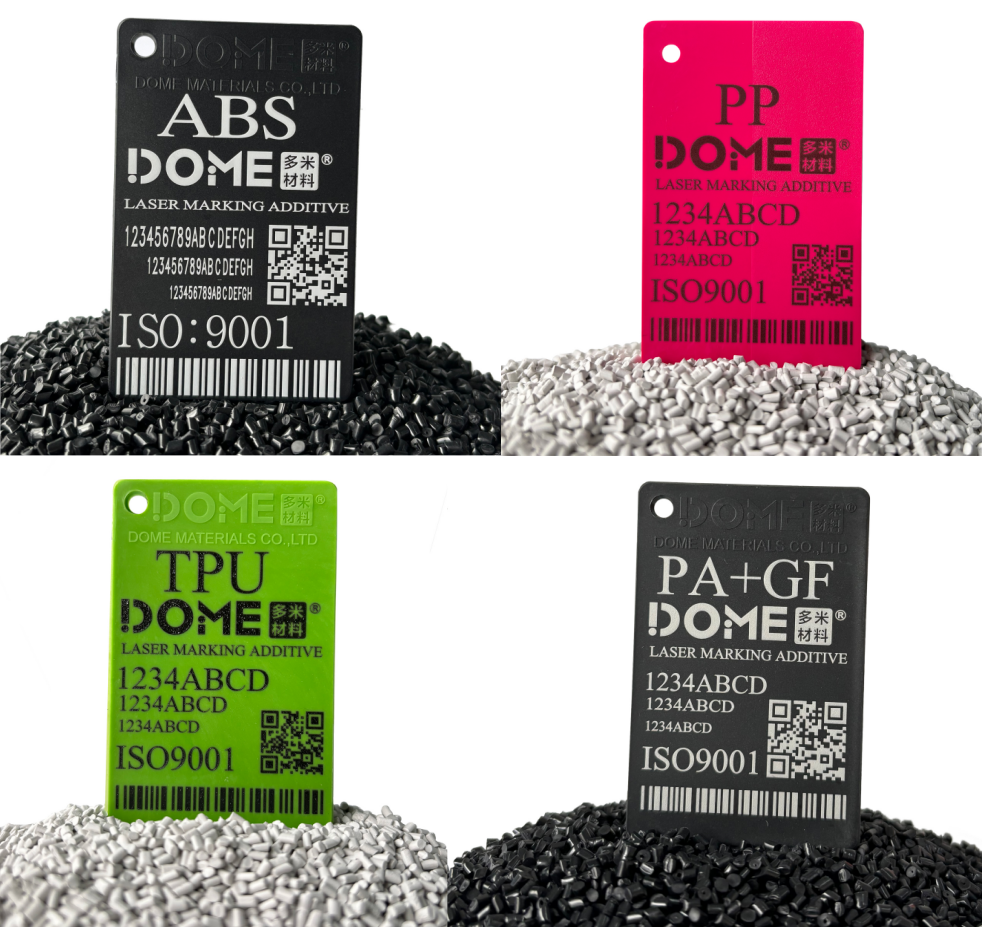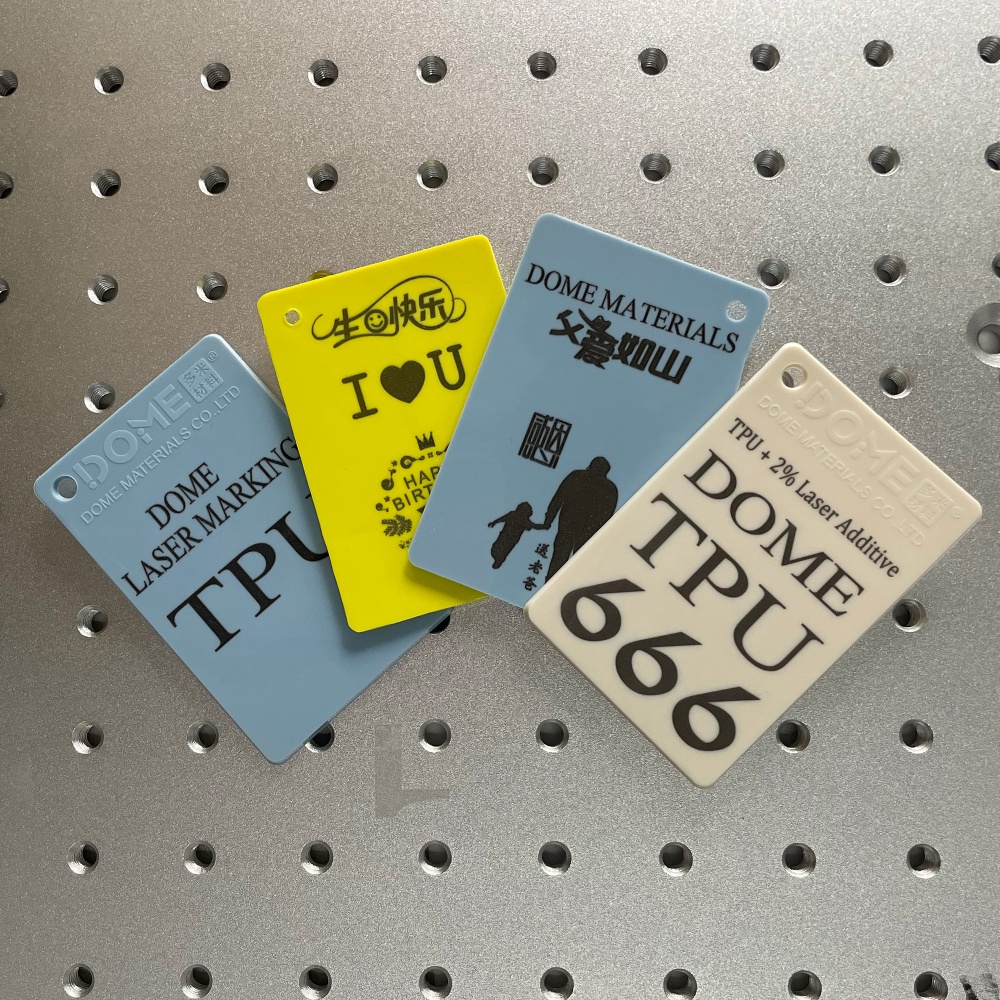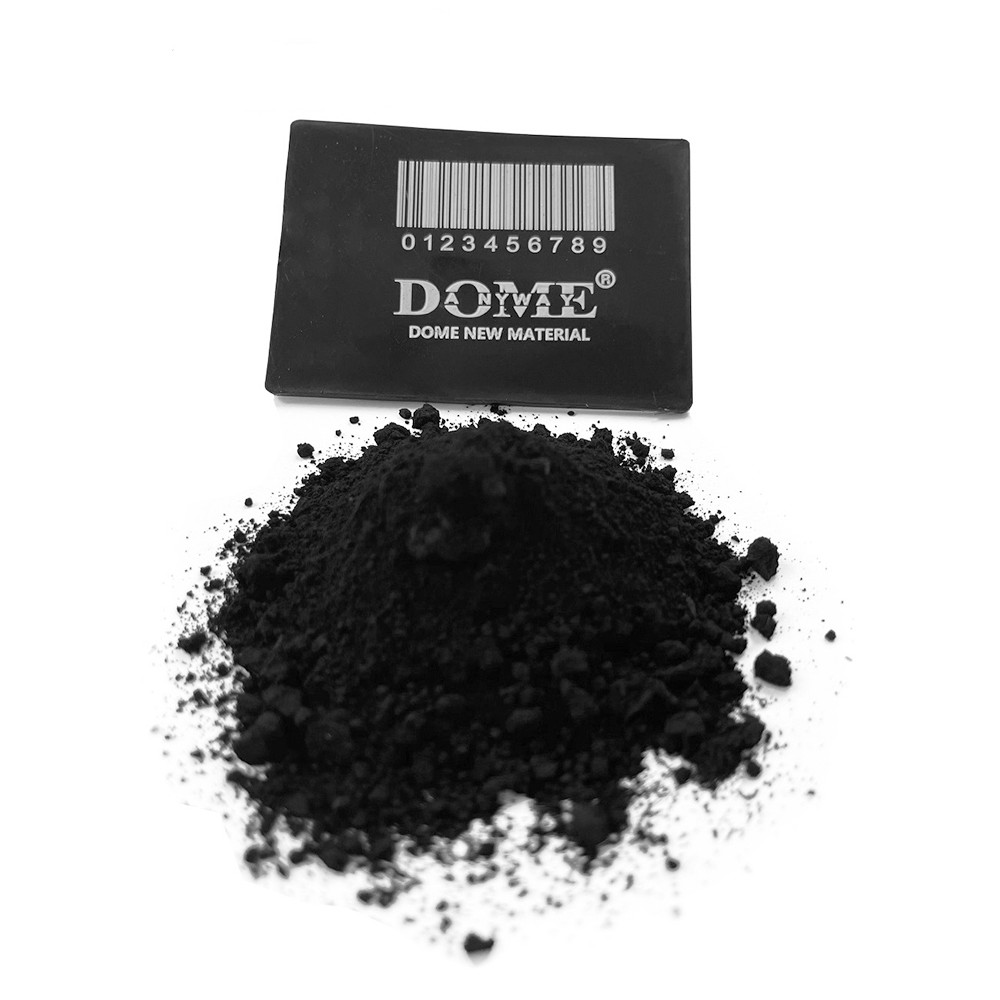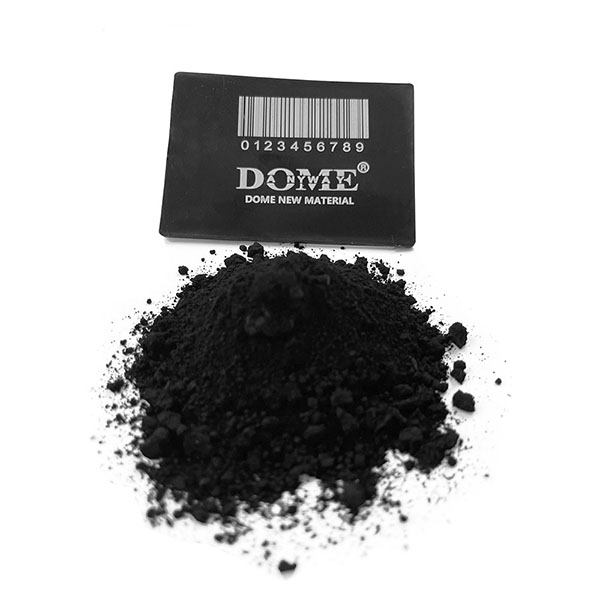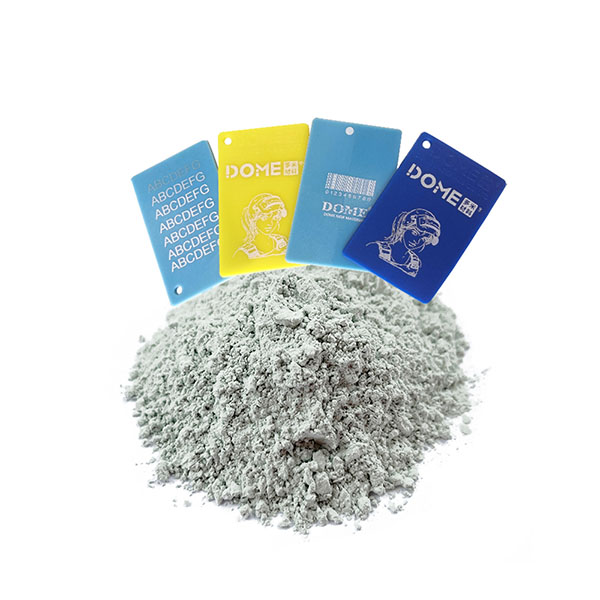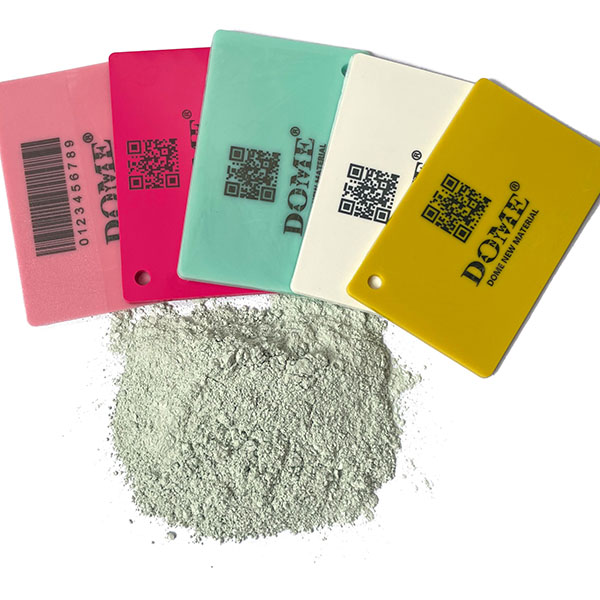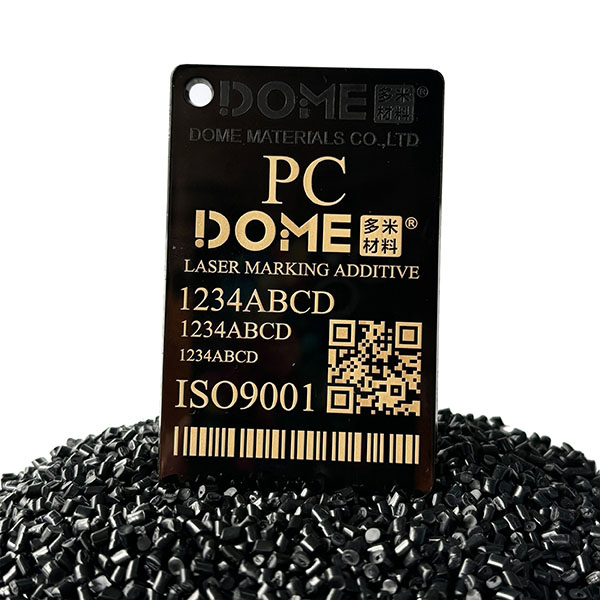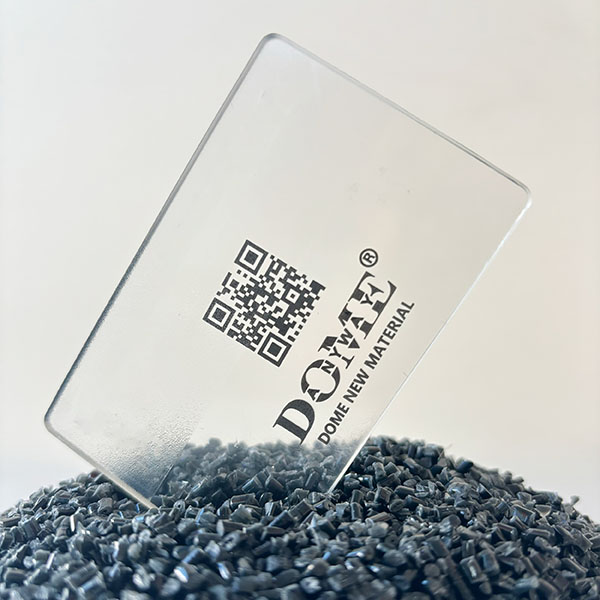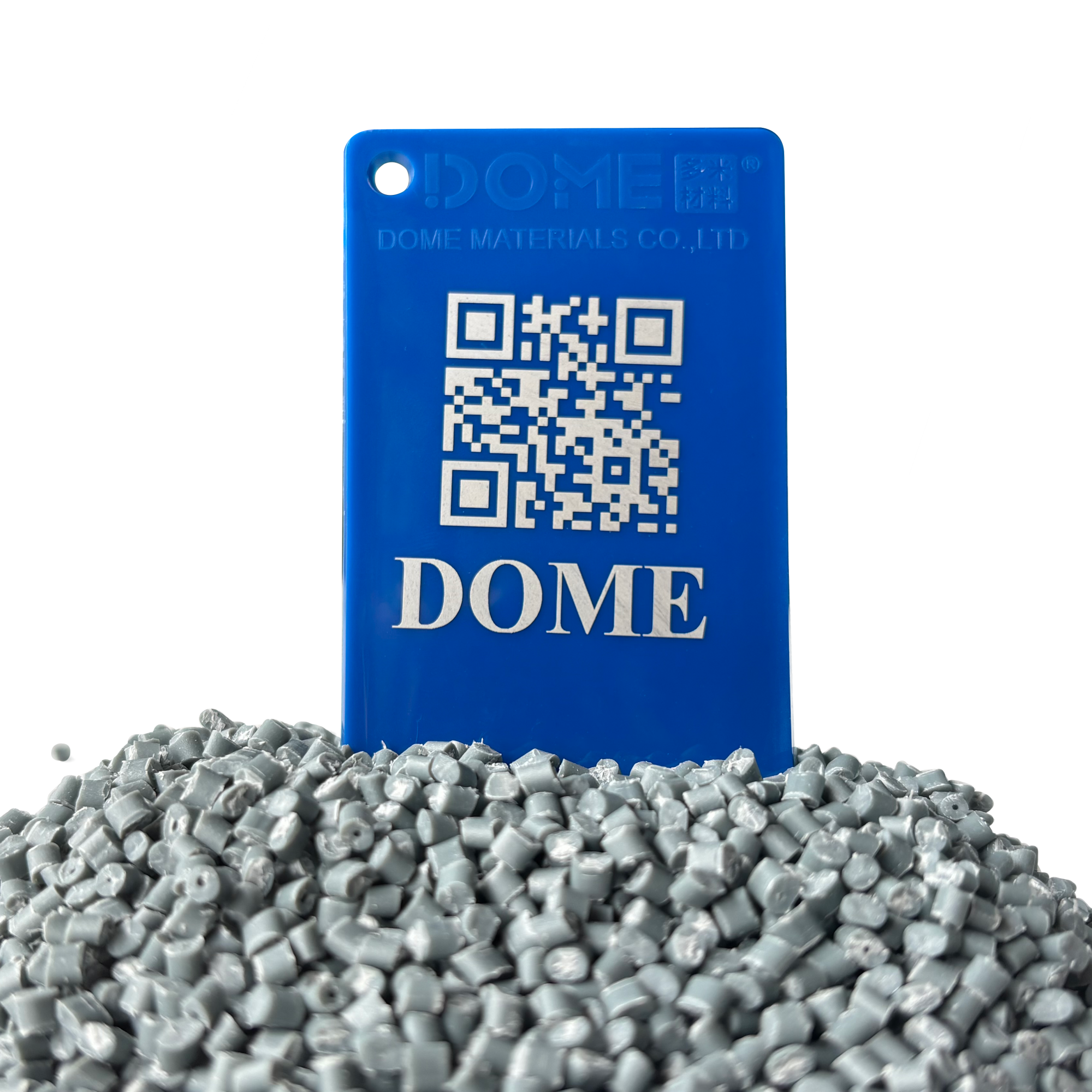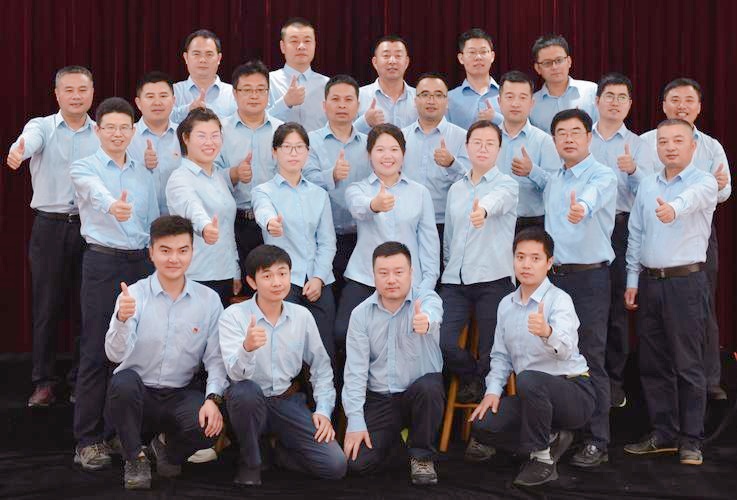Introduction
In modern manufacturing, precise and durable plastic identification is critical for product traceability, branding, and compliance. Traditional methods like inkjet printing or labeling often suffer from wear, fading, or environmental concerns. Enter plastic laser marking additives (also known as laser marking masterbatches), an innovative solution transforming the way industries mark plastic products with high precision, durability, and eco-friendliness.
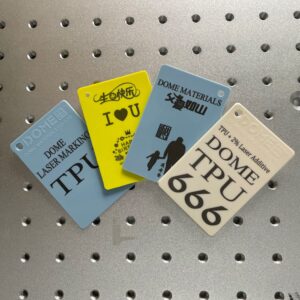
What Are Plastic Laser Marking Additives/Masterbatches?
Definition and Working Principle
Plastic laser marking additives are specialized compounds added to plastics to enhance their laser marking capabilities. These additives react to laser energy, creating high-contrast, permanent marks through processes like carbonization, foaming, or color change, without compromising the material’s integrity.

Key Components and Mechanism
Laser marking masterbatches are composed of photosensitive agents, pigments, dispersants, and carrier resins that absorb laser energy to produce sharp, durable markings. The additives ensure compatibility with various plastics, enabling clear text, logos, or barcodes with minimal surface damage.
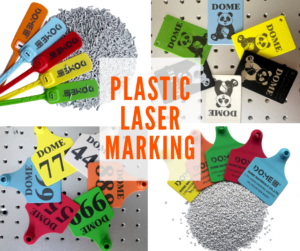
Market Applications
Plastic laser marking additives are versatile, serving multiple industries:
-
Automotive Parts: Durable VIN codes and part numbers that withstand harsh conditions like heat and abrasion.
-
Electronics and Appliances: Micro-markings for traceability and branding on phone casings or circuit boards.
-
Medical Devices: Non-toxic, corrosion-resistant labels meeting stringent regulatory standards.
-
Packaging: High-resolution QR codes and batch numbers on food or pharmaceutical packaging for traceability.
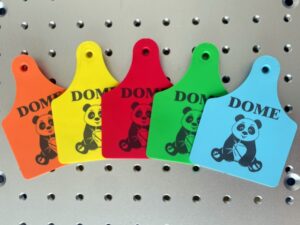
Advantages and Features
-
High-Performance Marking: Fast, precise, and high-contrast marks are ideal for mass production.
-
Superior Adhesion and Durability: Resistant to wear, chemicals, and fading, ensuring long-lasting legibility.
-
Eco-Friendly: Solvent-free and consumable-free, reducing environmental impact compared to traditional printing.
-
Customizable: Supports complex designs, barcodes, and logos for tailored branding needs.
Selection and Usage Guide | Choosing the Right Additive/Masterbatch
When selecting the appropriate additive or masterbatch for laser marking applications, it is essential to consider the specific type of plastic substrate involved, such as polypropylene (PP), polyethylene (PE), or acrylonitrile butadiene styrene (ABS).
Additionally, the choice should take into account the type of laser equipment to be used, whether fiber or ultraviolet (UV) lasers, as well as the desired marking characteristics, including color contrast and marking depth. Compatibility between the additive and the base polymer is critical to achieve optimal performance and to prevent processing issues.
It is also important to ensure that the additive can withstand the processing conditions and does not adversely affect the mechanical or aesthetic properties of the final product. Evaluating these factors systematically will help in achieving clear, durable, and high-quality laser marking results.
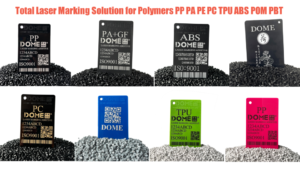
Usage Tips
-
Ensure uniform dispersion of the masterbatch to avoid inconsistent marking.
-
Optimize laser parameters (power, speed) for best results.
-
Follow safety protocols to protect operators and equipment during laser processing.
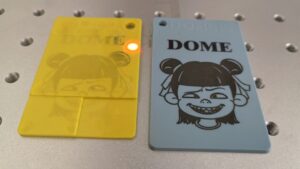
Compatibility with Existing Processes
Laser marking additives integrate seamlessly into injection molding, extrusion, or other plastic processing methods, minimizing the need for equipment upgrades.
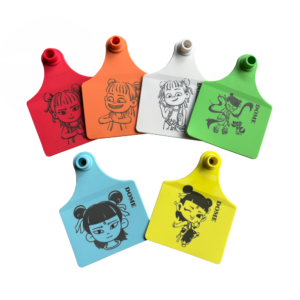
Industry Trends | Technological Innovations
-
Development of multicolor marking additives for enhanced visual appeal.
-
Universal masterbatches compatible with emerging materials like bioplastics.
-
Integration with AI and smart laser systems for automated, high-precision marking.
Growing Market Demand
With rising demand for durable, traceable markings in automotive, electronics, and healthcare, the laser marking masterbatch market is projected to grow at a CAGR of over 10% in the next five years.
Impact of Environmental Regulations
Stricter environmental policies are driving the adoption of eco-friendly laser marking solutions, positioning masterbatches as a sustainable alternative to traditional methods.
Case Studies | Success Stories
-
An automotive supplier used laser marking additives to create high-resolution VIN codes on ABS components, passing durability tests with over 100,000 abrasion cycles.
-
A consumer electronics brand implemented masterbatches for micrometer-scale QR codes on phone casings, boosting traceability efficiency.
- An ear tag manufacturer added 2% DOME Materials’ laser marking masterbatch additives to TPU ear tag processing and injection molding, which significantly improved the laser marking efficiency, contrast, and durability of TPU ear tags.
Customer Feedback
Clients praise the additives for their reliability, ease of integration, and ability to deliver sharp, long-lasting marks, significantly reducing rework and improving product quality.
Conclusion
Plastic laser marking additives and masterbatches are revolutionizing plastic identification with their precision, durability, and environmental benefits. As industries prioritize traceability and sustainability, these innovative materials are set to lead the future of plastic marking, offering endless possibilities for customization and efficiency.

